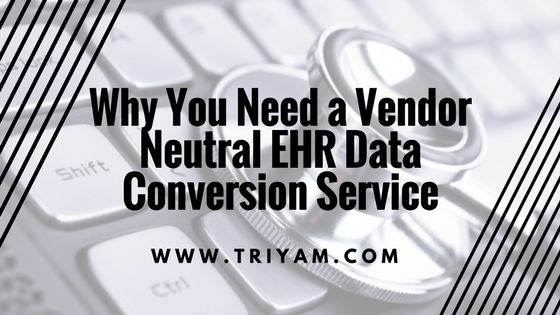Are you upgrading EHR systems and want to get a perspective on what to expect? Well, it’s a lot like switching operating systems.
Let’s say you finally decide to kick your old laptop to the curb and get that shiny new one you’ve had your eye on for months. Good for you! Now what?
That all depends on what type of upgrade you’re going with.
- Upgrading from Macbook OS X 10.10: Yosemite to OS X 10.11: El Capitan: This would be a piece of cake. Just click a few buttons and presto; you’re back in business!
- Upgrading from Windows 8 to Windows 10: This isn’t too bad either. As long as you’re fairly tech-savvy when it comes to the Windows operating system you’ll be good to go.
- Upgrading from Windows 8 to Macbook OS X10.11: That song from Aladdin comes to mind. What’s it called? Ah, yes – “It’s a Whole New World.”
So, why is upgrading from Windows to Mac such a big deal? Because they have completely different operating systems and said systems are from two different vendors. If you woke up in a bear’s body tomorrow would you know how to operate it? Sure, you’d figure out how to walk pretty quickly, but what about when it came time to hunt for your dinner? That’s what it’s like going from one operating system to another. Minus the catching fish with your bare hands, of course.
If you’re making the switch you’ve probably got a few questions, such as:
- Where do the files in Windows folders go on my Mac?
- Will I lose my photos? My media?
- Will my Word documents and Excel files open on Mac?
- Do I discard ten years of Windows history and start fresh on my Mac? Or do I copy the files into an external hard disc or flash drive?
These are all great questions that lead to the ultimate question; “Who can help me with all of this?”. Do you take your new Macbook to a Windows shop to ask for help or do you take your old Windows laptop to the Apple store?
Now, apply this same scenario to changing EHRs. When you change your EHR from one vendor to another, there is little chance the old vendor is going to help you because he’s losing you as a customer. The new EHR vendor wants to help you, but knows nothing about the old EHR, so how can they help?
This is where a vendor-neutral third party comes in.
When an EHR system is discontinued or replaced, the historic medical and financial information in the old system needs to be put in a safe, secure place and is to be made available to those who need it via conversion or archiving.
A vendor-neutral company like Triyam can offer data conversion solutions that fit your business needs, removing the stresses of switching EHRs.


